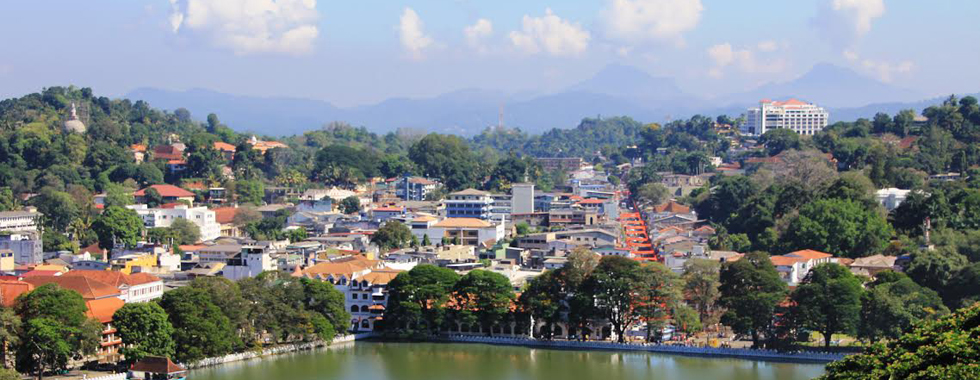Tube under Kandy Lake to ease traffic above?
Driving round the lake has been a major issue in Kandy for almost two decades. The closure of Dalada Veediya added much valued serenity to the Temple of Tooth but created inconvenience to commuters. A road through Udawattekele Sanctuary and reopening of Dalada Veediya are
discussed in the news media to address this issue.

Pic courtesy Meneka Rodrigo
An alternative that avoids the disadvantages of these approaches is a transit tube under the lake. A dual carriage way tube could be about four metres tall and run about two metres below the lake surface. It will not be visible due to the turbidity of the lake water hence will not become an eyesore.
The tube is different from the more familiar tunnel because it is underwater while the tunnel is below solid ground. The tube usually does not involve drilling that could cause much damage in populated areas as we have experienced in the Uma Oya Project. The tube is laid along a well prepared foundation along the lake bed and provided with proper entry and exit.
Transit tunnel is not a new technology. The first major underwater transit tube was the ‘Transbay Tube’ across San Francisco Bay in California completed in 1969. This steel tube is about six miles long and 140 feet below the water surface and carries two broad gauge railway tracks.
The writer has travelled this tube many times marvelling at the greatness of this engineering achievement and also contemplating why it is not acclaimed like the Golden Gate Bridge just a few miles away.
Tubes are generally not as popular as bridges over bodies of water. May be that the architects, engineers and political leaders are not enthusiastic about invisible structures over visible monuments!
However, several long underwater transit tubes have been constructed after the Transbay tube. A 1.4 mile steel tube in Hampton, Virginia was completed in 1974. A mile-long all-concrete tube-tunnel in Norfolk, Virginia is due for completion in 2016. There are many others, even a four track tube under San Francisco Bay is in the planning stages.
A possible trace for a 500 metre long tube under Kandy Lake in the map illustrates the proposed tube concept. The western end of the tube goes under the lake dam and connects to Sri Wickrama Rajasinghe Mawatha. The eastern end connects to Mahiyangana Road (A26). This trace leaves the historic city centre and path of Esala Perahera unaltered for future generations.
The temporary or permanent relocation of a few existing structures at both ends is inevitable in a project of this nature and the eminent domain is expected to prevail. The small island in the lake could serve as a service entrance and an emergency exit in addition to recreation. Other alternative traces are possible and should be evaluated.
Construction of an underwater tube is a challenge for engineers. Tube sections, steel or concrete, are always made in fabrication yards and transported to the lake and placed over barges. The sections are lowered on to the prepared foundation and joined underwater. It may also be possible to create a temporary dry lake bed strip because this is a shallow lake. In this case it is like constructing a culvert, long, wide and water tight. Sri Lanka may already have the engineering expertise to complete a project of this nature without looking for foreign contractors.
The under-lake-tube does not have many disadvantages of other alternatives. It is also not very expensive compared to many wasteful projects seen around the country. Invisibility that probably prevents the wider acceptance of tubes over bridges is a major advantage in this situation.
The writer hopes the underwater transit tube will be considered by the relevant authorities and its feasibility will be compared with other options during the decision-making process.
(The writer in an engineer residing in Kandy)


